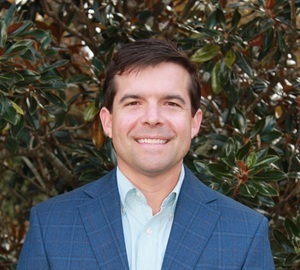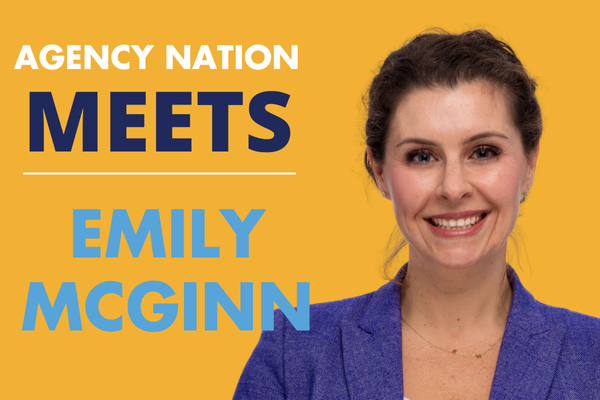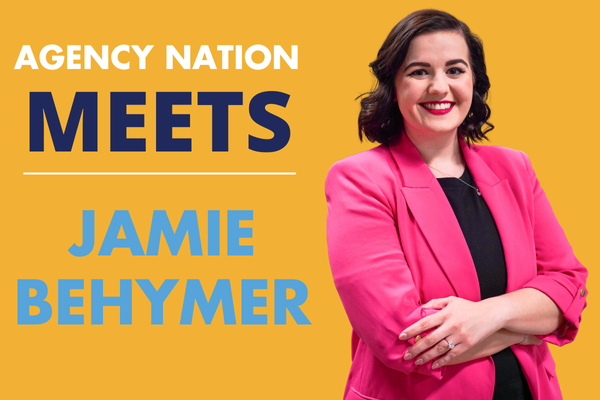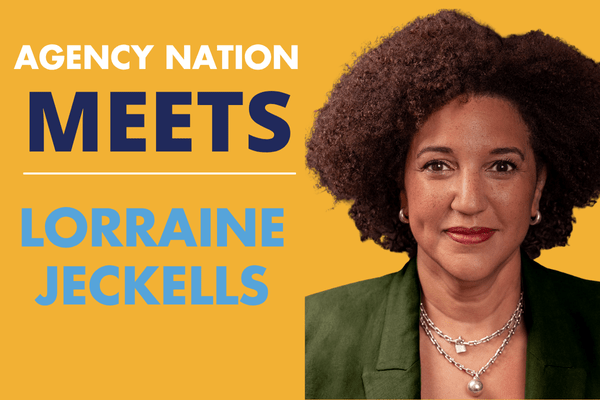ISO Opens New Doors for Flood Insurance

By: John Putnam
As an agent approaching my 50th anniversary in the insurance industry, I am continually amazed by the increasing frequency and severity of catastrophic floods, the wide geography of where and how floods occur, and how few people have any protection against this peril.
My own flood education started with the post-wildfire recovery period in my hometown of Colorado Springs, Colorado, where flash flooding commenced within a month of the Waldo Canyon Fire—similar to what caused the recent floods and mudflows in Montecito, California, although the impact there was greater. During my tenure as an insurance consultant to the Colorado Springs Together, LLC recovery team, I discovered that my traditional approach to recommending flood insurance, such as consulting FEMA flood maps, needed an update.
Floods occur virtually everywhere in our country, but each flood has unique characteristics. While hurricanes like Andrew, Katrina, Ike, Harvey, Irma and Maria often create the most dramatic flooding events, causing billions of dollars in widespread damage, excessive rain events in states like California, Colorado, Louisiana, Missouri, South Carolina and Vermont have also had devastating local effects in the last five years. Meanwhile, flash floods—more likely in drier areas of the U.S., can be deadly and destructive, and localized floods can result from storm sewer backup or other isolated flooding events.
What is the common denominator? Insureds are virtually unprotected from the costs and consequences associated with these events. Most of the above flood examples involve a daunting number of uncovered entities outside the FEMA mapped Special Hazard Flood Zones—that’s why a “safe” location is not safe.
Because most standard homeowners and business property insurance policies exclude damage caused by flooding, insureds need to purchase a separate NFIP policy, an excess & surplus lines policy, a standard standalone policy or a flood endorsement, which is often a difficult sales conversation.
The flood insurance marketplace is limited. The insurer of last resort is NFIP, which was technically $25 billion in debt prior to last year’s hurricanes before Congress forgave approximately $15 billion of that debt. With the NFIP under constant pressure from Congress to develop a revenue stream that pays all claims, the program is likely to institute ongoing rate increases in the foreseeable future. The NFIP policy currently offers reduced coverage at rates many customers consider excessive, so there is little incentive for them to voluntarily purchase this insurance.
While the private flood insurance marketplace has developed some over the past five years, including encouragement in the 2012 NFIP reauthorization bill, it has so far been primarily limited to the E&S marketplace. But this is changing quickly: ISO spent the last two years developing personal and commercial lines standalone flood policy forms and rates for its licensees.
ISO’s Commercial Flood Policy program was filed with most states in 2017 and will take effect later in 2018, while filings for the Personal Lines Flood Policy program will continue throughout this year. Experts predict there is an untapped market for flood coverage which may represent as much as $40 billion in additional premiums. Stay tuned—these products should change the way you think about and offer flood insurance in the future.
As much as flood insurance has been a challenge in the past, it may now provide a huge opportunity for your agency and your customers if you can commit to renewing your role as their trusted choice for purchasing the best insurance protection. Wouldn’t it be great to watch insurance work in post-flooding catastrophic events the same way it has for fires, hail and wind catastrophes?
Learn more during next week’s Big “I” Virtual University webinar, Re-Learning Flood: Old Myths and New Realities. During this session on Wednesday, Feb. 7 at 1-2:30 p.m. ET, attendees will improve their understanding of:
- The definition of “flood.”
- The current impact of increased frequency and severity of flooding events in the U.S.
- Potential new flood protection gaps.
- How these trends are impacting the NFIP and leading to increased flood insurance privatization.
- How greater privatization might change the marketplace and improve protection for both commercial and personal lines clients.
John Putnam is a consultant for Putnam Assurance & Risk Services in Colorado Springs, Colorado.










